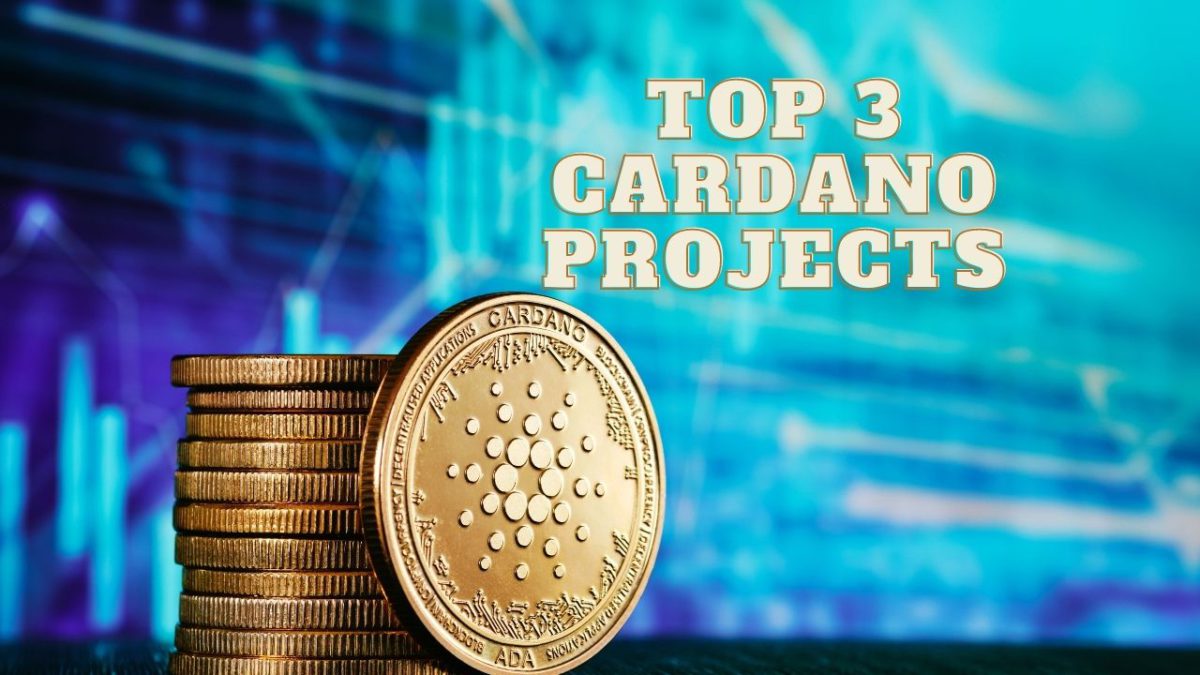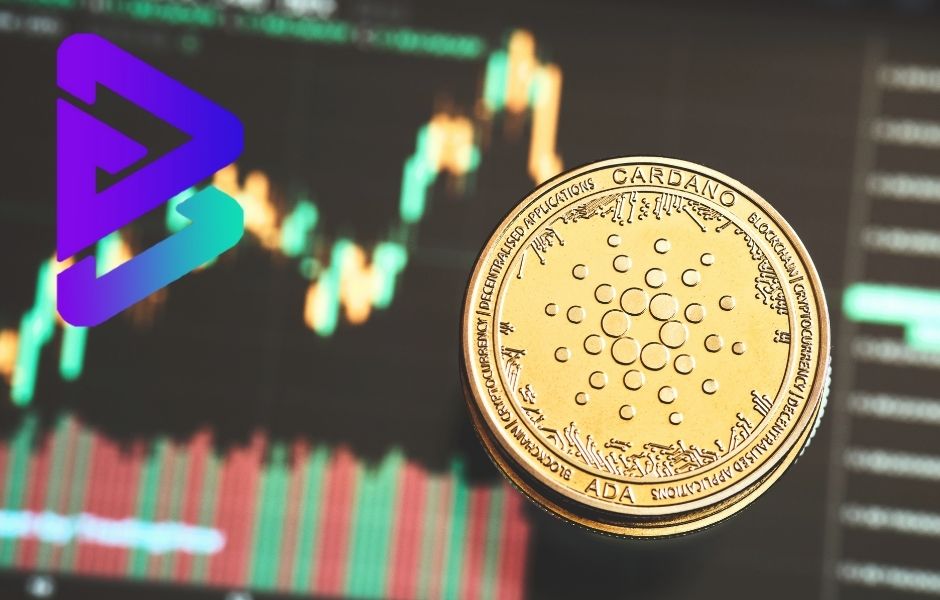How Does DeFi Yield Farming Works?
Cryptocurrency investors can lock up their assets using the yield farming approach in exchange for rewards. Yield farming, at its most basic level, enables cryptocurrency owners to make money from their investments. By putting cryptocurrency units into a lending mechanism, yield farming is a technique for making interest from trading commissions. Some users receive additional dividends via the protocol’s governance token.
1. How does DeFi yield farming work?
Farming for yield is comparable to borrowing money from a bank. If a bank gives you money, you must pay interest on that loan. Similar to yield farming. However, the banks are crypto investors like you. DeFi Yield farming uses “idle cryptos” that would otherwise be squandered away in an exchange or hot wallet to provide liquidity in decentralized finance (DeFi) protocols like Uniswap in exchange for returns.
2. What are automated market makers (AMMs), liquidity providers, and liquidity pools?
The main elements of DeFi yield farming are liquidity providers, a liquidity pool, and AMMs.
With the assistance of a liquidity provider (LP), a liquidity pool, and yield farming, a DeFi market is powered. A liquidity provider is an investor who contributes money to a smart contract. The liquidity pool is a smart contract with money inside of it. Utilizing yield farming is automated market maker (AMM) modeling.
The AMM method is widely used on decentralized exchanges. AMM takes the place of the conventional order book, which records all “buy” and “sell” orders on a cryptocurrency exchange. Instead of notifying the price at which an item is slated to trade. These pools use pre-written algorithms to execute trades.
AMMs must be liquid to function properly. In pools that are not properly supported, slippages can happen. For other users to trade against them, AMMs encourage users to deposit digital assets in liquidity pools. It lessens slippages.
As a reward, the protocol distributes to liquidity providers (LPs) a percentage of the transaction fees collected on the pool. To put it another way, if your deposit represents 1% of the liquidity held in a pool, you will receive an LP token equal to 1% of the transaction fees the pool has earned. A liquidity provider may redeem their LP token for a fraction of the transaction fees to withdraw from a pool. AMMs also give out governance tokens to traders and LPs. A governance token, as the name implies, permits the holder to vote on issues about the management and development of the AMM system.
3. What does “yield farming” mean?
Examples of DeFi yield farming tactics include:
- Staking cryptocurrencies.
- Giving liquidity to a pool in a decentralized exchange.
- Staking LP tokens.
- Providing liquidity to lending protocols.
A high return on investment is what yield farming cryptocurrencies aim to deliver. The processes will include lending, borrowing, contributing money to liquidity pools, and staking LP tokens.
Simple techniques to increase your money’s annual percentage yield (APY) include lending and borrowing. A farmer may, for instance, use a lending platform to supply a stable coin like DAI and begin receiving interest on their investment. Then, given liquidity and leverage, they might take it a step further.
Sending money to one of the liquidity pools will allow you to pay a yield farmer using the fees levied for trading different tokens. Through liquidity mining, they can raise that yield by generating more tokens. By increasing the APY, they can earn more BAL tokens using Balancer.
By enabling farmers to stake their liquidity providers’ or LP tokens—which signify their participation in a liquidity pool—some DeFi protocols may further encourage them.
The farmer can combine any of the strategies to get even better outcomes. It’s crucial to stay on top of it daily and modify your approaches as necessary because a strategy, like most financial marketplaces, can soon become outdated if protocols or incentives alter.
4. How does farming for yield work?
Lending cryptocurrencies to earn interest and occasionally fees are known as DeFi yield farming. An investor will go to a DeFi platform like Compound and amass cryptocurrency assets to lend cryptocurrency assets to borrowers and earn interest on the loans. Users receive interest payments and COMP, the native token of Compound. Depending on the particular platform, interest rates may be fixed or variable.
A borrower who wants to borrow money using the platform must first deposit as collateral twice the amount being borrowed. Using smart contracts, the collateral’s value may always be checked.
If it is less, the contract may be activated, resulting in the liquidation of the borrower’s account and the payment of interest to the lender. This implies that the lender will never suffer a loss even in the event of a borrower failure.
Also, read – What are the famous Yield-Farming Protocols in Blockchain technology?
5. How are farming yield returns determined?
The annual percentage yield and annual percentage rate are indicators used to determine farming yield returns.
For estimating returns, several DeFi platforms have their yield farming calculators. Typically, anticipated yield returns are calculated using an annualized model. This measure shows the potential profits from storing your cryptocurrencies for a year.
Two of the most used methods for determining yield returns are the annual percentage rate (APR) and the annual percentage yield (APY). The primary difference is that APR does not consider interest compounding over a year. In contrast to APR, APY considers how often interest is applied—the effects of intra-year compounding.
Since DeFi yield farming is a dynamic industry, it can be difficult to calculate returns precisely. Even still, most computation models can only offer educated guesses. A yield farming strategy may offer excellent returns initially, but profitability may suffer if farmers use it frequently. The market is extremely unstable and dangerous for both borrowers and lenders.
6. What distinguishes yield farming from staking?
The main difference between yield farming and staking is that the former requires users to deposit their cryptocurrency funds on DeFi platforms. In contrast, the latter requires users to stake their funds on the blockchain to support transaction and block validation.
A careful investment plan is necessary for yield farming. Although it is more complicated than staking, it can lead to far bigger returns of up to 100%. The staking reward is predetermined and expressed as an annual percentage yield. Typically, it is around 5 percent. However, it could be higher depending on the staking token and method. The liquidity pool sets the yield farming rates or payouts and may change as the token’s price changes. Staking incentives are given to validators who help the blockchain reach consensus and create new blocks.
People who try to cheat the system risk losing their money. DeFi protocols and smart contracts, the foundation of DeFi yield farming, are vulnerable to hacking if the programming is done incorrectly. Staking tokens, on the other hand, have a strict policy related to the blockchain’s consensus.
The unpredictability of digital asset prices makes yield producers more vulnerable to dangers. If the token ratio is unbalanced while your funds are caught in a liquidity pool, you will suffer an impermanent loss. In other words, if your token’s price changes while it is in the liquidity pool, you will experience an ephemeral loss. Cryptocurrency stakes do not result in temporary losses.
When employing yield farming, users are not compelled to lock up their money for a specific period. Users must stake their money on different blockchain networks for a predetermined amount of time when staking. In some circumstances, a minimum amount is also needed.
7. What are the dangers of farming for yield?
Every cryptocurrency investor needs to be aware of the hazards associated with DeFi yield farming, such as price, control, and liquidation risks. A liquidation penalty on your collateral results when the value of your collateral is less than the value of your loan, which is when liquidation risk occurs. You can be forced into liquidation if your collateral’s value decreases or your loan’s cost increases.
Because large-fund founders and investors have more control over the protocol than small-fund investors, yield farming presents a danger to small-fund participants. Price risk, such as loans, is a major obstacle to yield farming. Let’s say the value of the collateral decreases below a particular point. The platform will liquidate the borrower before giving him a chance to pay back the amount.
8. So, is yield farming worthwhile?
One of the least risky methods to free money is still yield farming. Like every other type of investment, DeFi yield farming has its dangers. That does not imply that the advantages do not outweigh the hazards. The only remaining action is to maintain the abovementioned hazards and develop a plan to deal with them. If you adopt a pragmatic rather than overly optimistic strategy, you can manage your finances more effectively, making the project beneficial. On the other side, if you have a gloomy view of yield farming, you’ll probably lose out on a lucrative earning potential.
Stay informed with daily updates from Blockchain Magazine on Google News. Click here to follow us and mark as favorite: [Blockchain Magazine on Google News].
Get Blockchain Insights In Inbox
Stay ahead of the curve with expert analysis and market updates.
latest from tech
Disclaimer: Any post shared by a third-party agency are sponsored and Blockchain Magazine has no views on any such posts. The views and opinions expressed in this post are those of the clients and do not necessarily reflect the official policy or position of Blockchain Magazine. The information provided in this post is for informational purposes only and should not be considered as financial, investment, or professional advice. Blockchain Magazine does not endorse or promote any specific products, services, or companies mentioned in this posts. Readers are encouraged to conduct their own research and consult with a qualified professional before making any financial decisions.

 Bitcoin
Bitcoin  Ethereum
Ethereum  Tether
Tether  XRP
XRP  Solana
Solana  Dogecoin
Dogecoin  USDC
USDC  Lido Staked Ether
Lido Staked Ether  Cardano
Cardano  TRON
TRON  Avalanche
Avalanche  Toncoin
Toncoin  Chainlink
Chainlink  Wrapped stETH
Wrapped stETH  Shiba Inu
Shiba Inu  Wrapped Bitcoin
Wrapped Bitcoin  Sui
Sui  Hedera
Hedera  Stellar
Stellar  Polkadot
Polkadot  WETH
WETH  Bitcoin Cash
Bitcoin Cash  LEO Token
LEO Token  Hyperliquid
Hyperliquid  Uniswap
Uniswap  Litecoin
Litecoin  Pepe
Pepe  Wrapped eETH
Wrapped eETH  NEAR Protocol
NEAR Protocol  Ethena USDe
Ethena USDe  USDS
USDS  Aave
Aave  Internet Computer
Internet Computer  Aptos
Aptos  Cronos
Cronos  POL (ex-MATIC)
POL (ex-MATIC)  Mantle
Mantle  Ethereum Classic
Ethereum Classic  Render
Render  Monero
Monero  WhiteBIT Coin
WhiteBIT Coin  Bittensor
Bittensor  Dai
Dai  MANTRA
MANTRA  Artificial Superintelligence Alliance
Artificial Superintelligence Alliance  Arbitrum
Arbitrum  OKB
OKB 



